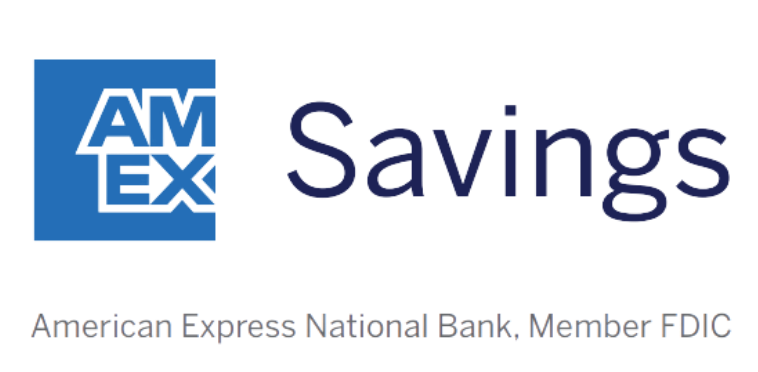If you have a high-yield savings account, you know firsthand that it has been an excellent time to have some money set aside. In fact, for many people in the millennial generation and younger, the current interest rate environment combined with the surge in online banking has created the highest savings account interest rates in their adult lives.
Unfortunately, the high savings account interest rates many Americans are enjoying right now might not last for much longer. In fact, there’s a high probability that Sept. 18, 2024 will mark a major turning point. Here’s why, and what you can do about it if you have money in a high-yield savings account right now.
Why Sept. 18 is such a big day for savers
The policy-making body of the Federal Reserve — known as the Federal Open Markets Committee (FOMC) — meets eight times a year to make decisions on monetary policy.
Most significant for our purposes is the benchmark federal funds rate, which is set by the FOMC. This is the rate banks charge to lend each other money overnight, but it has big implications for consumer interest rates. (Note: When you hear someone say, “the Fed cut rates,” it typically refers to the federal funds rate.)
Our Picks for the Best High-Yield Savings Accounts of 2024
|
Capital One 360 Performance Savings APY 4.25%
|
APY 4.25%
|
Min. to earn $0 |
|
CIT Platinum Savings 
APY 4.85% APY for balances of $5,000 or more
Min. to earn $100 to open account, $5,000 for max APY
|
APY 4.85% APY for balances of $5,000 or more
|
Min. to earn $100 to open account, $5,000 for max APY |
|
American Express® High Yield Savings 
APY 4.25%
|
APY 4.25%
|
Min. to earn $0 |
Without turning this into an economics lesson, here’s the key reason why the Fed raises or lowers rates. If the Fed feels that the economy is overheated, such as with the high inflation we saw in 2022 and 2023, the Fed will raise the federal funds rate. If inflation is low and/or unemployment is getting too high, the Fed will lower the federal funds rate.
The FOMC is meeting on Sept. 17 and 18. At the conclusion of its meeting — precisely 2 p.m. EDT on Sept. 18 — the latest interest rate decision will be announced. And the Fed is expected to lower the federal funds rate for the first time since the start of the COVID-19 pandemic in 2020.
The federal funds rate and your high-yield savings account
To be perfectly clear, the Fed’s interest rate moves are not directly connected to savings account interest rates. If it were, big banks like Bank of America and Wells Fargo would have much higher savings interest rates than they do!
However, savings interest rates tend to move in the same direction as the benchmark interest rates. And the correlation tends to be especially strong with high-yield savings accounts. After all, it’s not a coincidence that the federal funds rate is currently set to a target range of 5.25%-5.50% and the highest-yielding savings account on our best-of list currently pays 5.31%.
So, assuming the Fed actually cuts rates on Sept. 18, which is a virtual certainty at this point, you can reasonably expect your high-yield savings account rate to drop accordingly, very soon after. As an example, the last time the Fed raised rates, my HYSA rate increased within a day. I’d expect something similar, but the opposite, when it comes to rate cuts.
You might want to act quickly
There are two pieces of good news you need to know. The first is that Fed rate cuts are likely to be gradual. The current expectation is for a 0.25 percentage point reduction in September, and a total of 2.50 percentage points of rate cuts between now and the end of 2025. So, if your high-yield savings account has an APY of 4.50% right now, your rate will still likely start with a 4 after the Fed makes its first rate cut.
Second, if you have money in savings that you won’t need for a while, and you’re reading this before Sept. 18, there is still time to lock in a high yield via a certificate of deposit, or CD. Yields on CDs are at their highest level since before the 2008 financial crisis, and they can allow you to lock in today’s high rates and insulate your savings from the Fed’s upcoming rate cuts for the length of the CD term.

